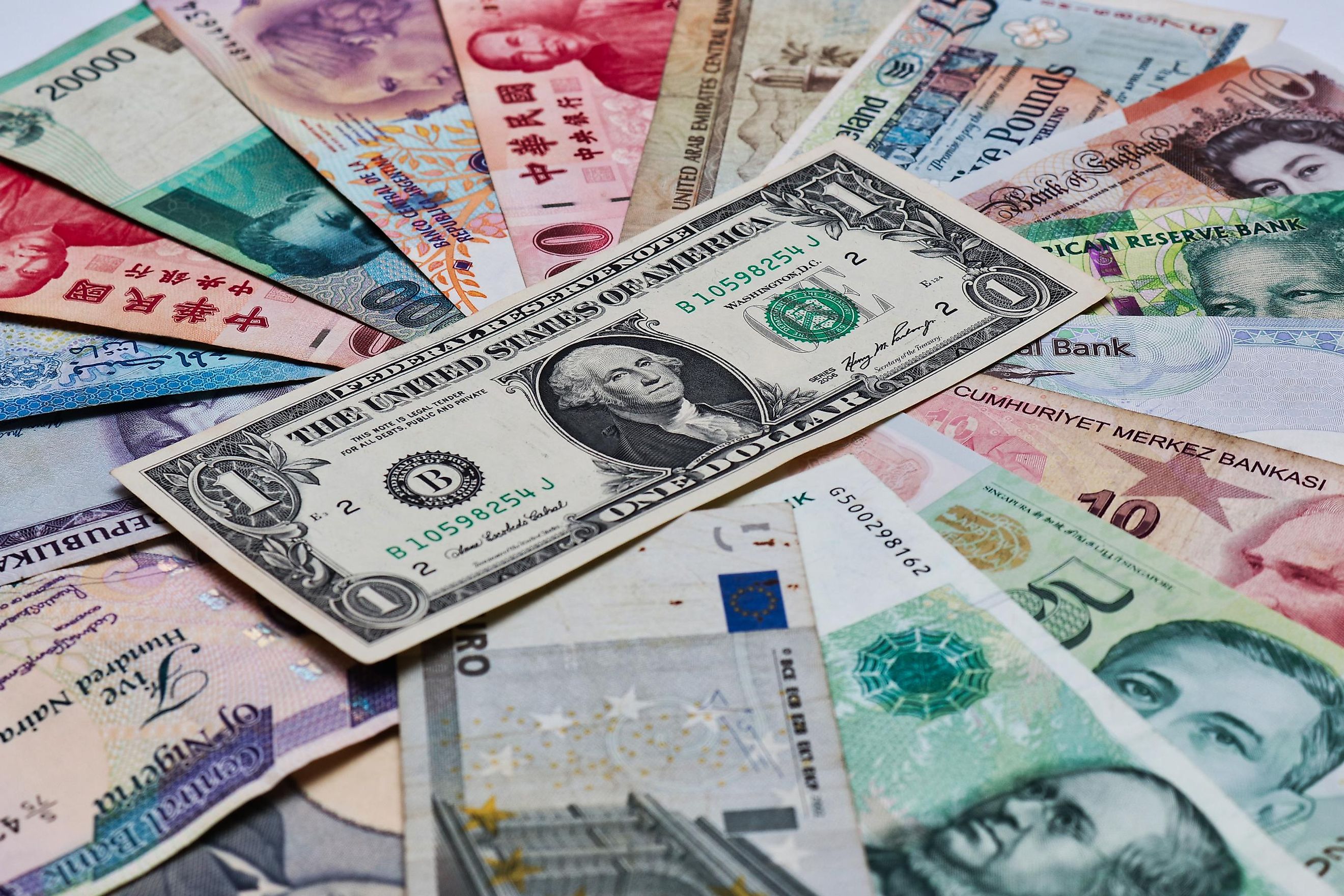
Currencies That Are Stronger Than The US Dollar
Although the US Dollar is highly sought after and is amongst the world's most frequently traded forms of currencies, several nations around the world have the distinction of offering currencies of higher value. Due to resource wealth, stable economies, GDP rates, and low inflation, these countries have strong currencies that surprisingly rival the mighty American Dollar. While the United States' currency is still undoubtedly among the most important in the world for any traveling or business-related affairs, the following six currencies are ones to keep an active eye on.
Currencies that are Stronger than the US Dollar:
- Kuwaiti Dinar: 1 KWD = 3.27 USD
- Bahraini Dinar: 1 BHD = 2.65 USD
- Omani Rial: 1 OMR = 2.6 USD
- Jordanian Dinar: 1 JOD = 1.41 USD
- British Pound Sterling: 1 GBP = 1.21 USD
- Cayman Islands Dollar: 1 KYD = 1.2 USD
- Euro: 1 EUR = 1.07 USD
1. Kuwaiti Dinar (1 KWD = 3.27 USD)
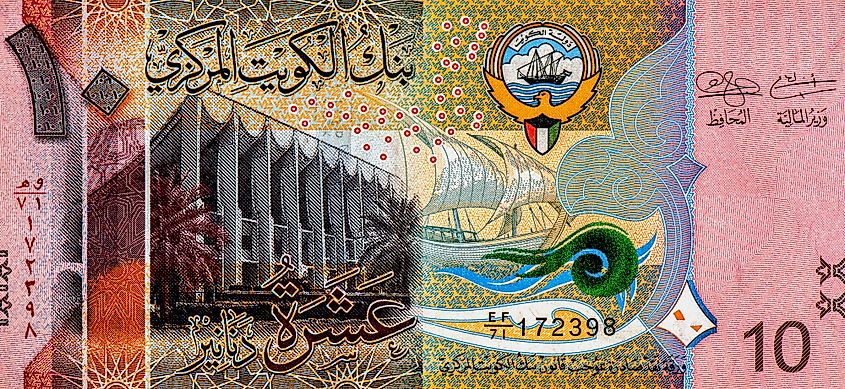
Kuwait's currency is among the world's most valued, and as of February 8, 2023, 1 Dinar equals roughly $3.27 USD. With a high-income economy and large oil reserves, Kuwait is one of the Arab world's wealthiest nations. Indeed for anyone looking to do trade in this region, dealing in Kuwaiti Dinars is certainly a desirable action. Introduced in 1961 to replace the Gulf Rupee, during the 1990 invasion of the country by neighbor Iraq, this currency was replaced by the Iraqi Dinar. One year after the Gulf War and Iraq's retreat, the Kuwaiti Dinar was restored and remains the most prominent currency in the Middle East.
2. Bahraini Dinar (1 BHD = 2.65 USD)
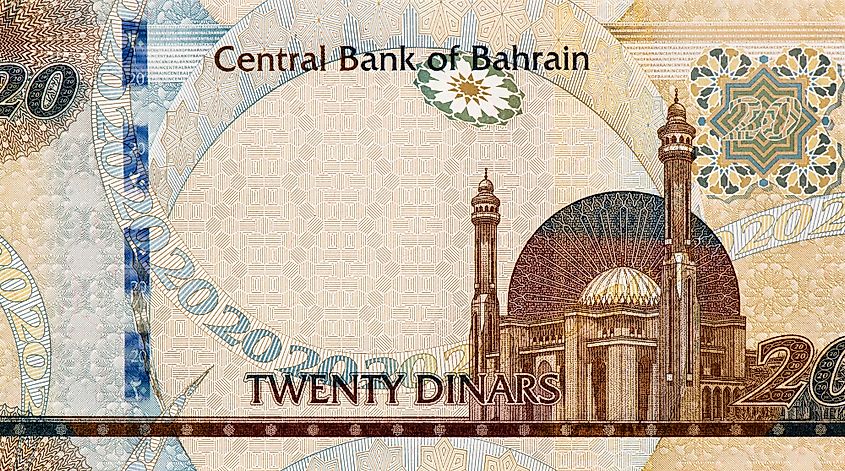
Bahrain's Dinar ranks very close in value to its Kuwaiti counterpart, and 1 Dinar equals around $2.65 USD. Another highly developed economic center, the tiny nation of Bahrain also has vast oil reserves and attracts foreign investment from various actors. The current Bahraini Dinar was first introduced in 1965 to replace the Gulf Rupee and is managed by the Central Bank of Bahrain. The newest round of banknotes entered circulation in 2008, the fourth such round of banknotes in just over 40 years. Meanwhile, in 2016, enhanced security features were added to limit further the spread of counterfeits of this highly valued monetary unit.
3. Omani Rial (1 OMR = 2.60 USD)
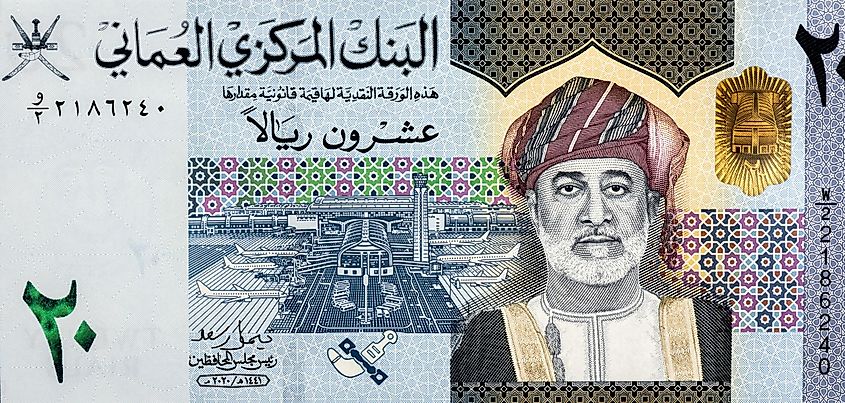
Not far behind Kuwait and Bahrain, Oman's currency, the Rial, also attracts much attention for its strong value. One Rial equals around $2.60 USD, making it a sought-after currency in the Persian Gulf region. Another oil-rich Arabian country, Oman, has long been an important trading hub for its mineral resources and geographic location. Like its Kuwaiti and Bahraini counterparts, the Omani Rial was introduced to replace the old Gulf Rupee and entered circulation in 1970. Numerous issues of new banknotes have been made in the past several decades, and as of 2023, the majority in circulation are from 2010 and 2015 issues.
4. Jordanian Dinar (1 JOD = 1.41 USD)
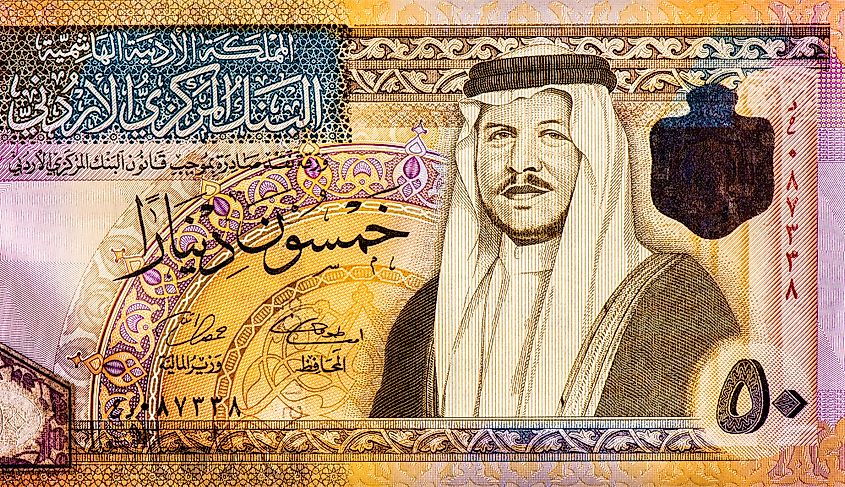
The Jordanian currency has a strong and stable value that currently fetches $1.41 USD for one Dinar. Officially known as the Hashemite Kingdom of Jordan, this nation of 11 million people has seen its share of political instability and violence but has also been the haven for millions of refugees from neighboring Arab States. Still, it remains a popular tourist destination and has been attractive to foreign investment for several decades. Introduced in 1950 to replace the Palestinian Pound, since 1964, the Jordanian Dinar has been solely regulated by the Central Bank of Jordan. Today outside of Jordan, the Dinar is also widely used in the Palestinian West Bank with the Israeli currency, the shekel.
5. British Pound Sterling (1 GBP = 1.21 USD)
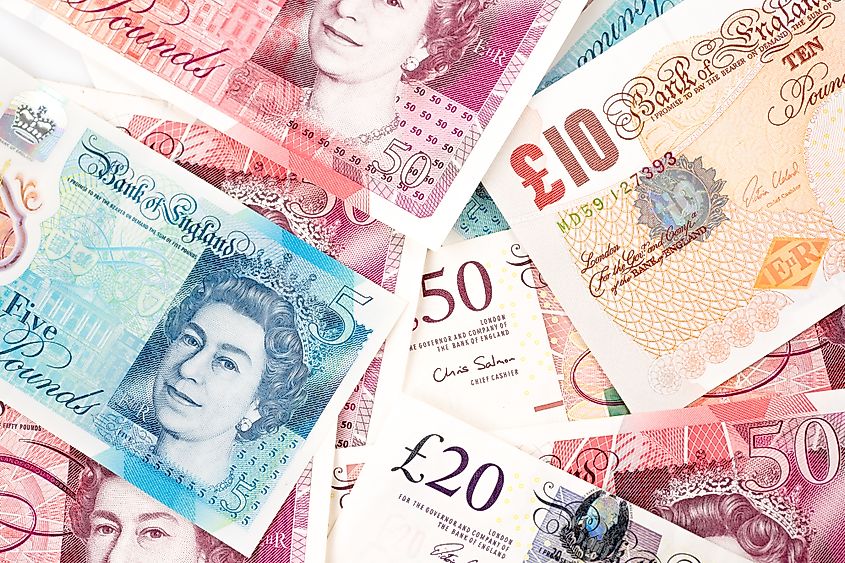
One of the few European nations not to use the EURO currency, the United Kingdom's Pound Sterling has weathered several economic and politically unstable episodes. Recently this was most notable during the period of Brexit and the prolonged period before the UK's final withdrawal from the European Union. Still, the Pound Sterling has maintained its high trading value, and one Pound equals roughly $1.21 USD. Amongst Europe's most historic and oldest currencies (dating to circa 800 AD), it is also currently the fourth most traded worldwide. Regulated by the Bank of England (established in 1694), the Pound Sterling was used across the British Empire and is still the legal tender in several overseas dependencies. These include the Falkland Islands, Gibraltar, and the island of Saint Helena.
6. Cayman Islands Dollar (1 KYD = 1.20 USD)
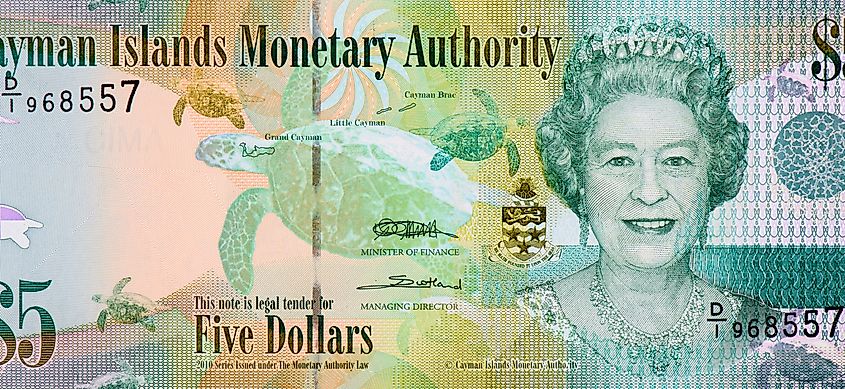
Situated in the Caribbean Sea, the Cayman Islands have become known as a tax haven and have steadily grown into a major financial center. Nearly on par with the American currency, 1 Cayman Dollar equals roughly $1.20 US dollars and is easily used by many American and global tourists. Indeed with little taxes and its close peg to the American currency, the Cayman Islands and its circulation have been an attractive and lucrative place for investors for quite some time.
7. Euro (1 Euro = 1.07 USD)
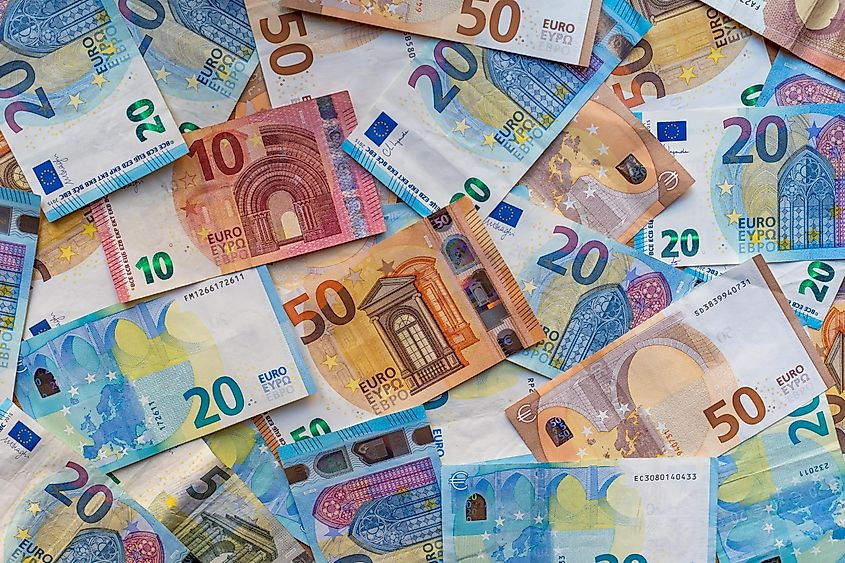
The official currency of 20 member states in the European Union, the EURO was first adopted in 1995 and officially entered into circulation on January 1, 2002. The world's second most traded currency after the US Dollar, the Euro, is now nearly at par with the American currency. One Euro equals $1.07 US Dollars. One of the most stable and viable markets in the entire world, the Euro is also one of the youngest currencies in the world. Indeed the Eurozone experiment to replace many national European currencies has faced its challenges. It has ultimately proven to be one of the 21st century's great economic success stories.
The United States is the world's most traded currency, but several other international monetary units actually have a stronger value than the US dollar. Most of these nations have rich natural resources, stable governments, growing economies, and low inflation rates, allowing them to offer sought-after national currencies. Whether for personal or business dealings, these currencies from the Middle East to Europe are some of the few in the world to compete directly with the American dollar.











